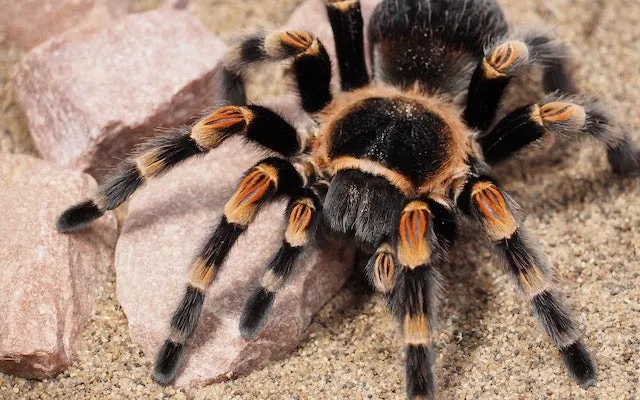Junodi Tarantula Lifespan The Basics
The Junodi tarantula, a fascinating and often misunderstood creature, captivates many with its size and striking appearance. One of the most common questions from potential owners revolves around their lifespan. Understanding the factors influencing a Junodi tarantula’s longevity is crucial for responsible pet ownership. This comprehensive guide will delve into the key aspects that determine how long these impressive arachnids can thrive, providing you with the knowledge needed to care for your tarantula and maximize its lifespan. From environmental conditions to dietary needs, we’ll cover everything you need to know to ensure your Junodi tarantula lives a long, healthy, and fulfilling life.
Average Lifespan of Junodi Tarantulas
The average lifespan of a Junodi tarantula varies, but it generally follows the typical pattern seen in many tarantula species. Female Junodi tarantulas typically live significantly longer than their male counterparts. On average, a female Junodi tarantula can live for 10 to 15 years or even longer in optimal conditions. Males, however, have a much shorter lifespan, often only surviving for 2 to 5 years. This disparity in lifespan is largely due to the biological demands of reproduction. Males mature faster and often die shortly after mating, while females can continue to live and reproduce for many years.
Factors Influencing Junodi Tarantula Lifespan
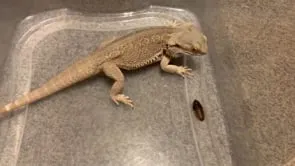
Several factors can influence the lifespan of a Junodi tarantula, making it essential for owners to pay close attention to their pet’s environment and care. These factors can dramatically affect how long your tarantula thrives, impacting their overall health and well-being. By understanding these elements and providing optimal conditions, you can contribute to a longer and healthier life for your Junodi tarantula.
Temperature and Humidity
Maintaining the correct temperature and humidity levels is vital for a Junodi tarantula’s health. These conditions directly impact their ability to molt, eat, and generally function correctly. The ideal temperature range for a Junodi tarantula is typically between 75°F and 85°F (24°C and 29°C). Humidity levels should be kept between 60% and 70%. Using a reliable thermometer and hygrometer to monitor these conditions is crucial. Misting the enclosure with water or providing a water dish can help maintain proper humidity. Incorrect temperature or humidity can lead to molting problems, dehydration, and other health issues, thus shortening their lifespan. Image filename junodi-tarantula-humidity.webp
Diet and Nutrition
A well-balanced diet is essential for a Junodi tarantula’s longevity. These tarantulas are primarily insectivores, feeding on a variety of insects such as crickets, roaches, and mealworms. The insects should be gut-loaded (fed nutritious food before being offered to the tarantula) to ensure the tarantula receives essential nutrients. Overfeeding can lead to health problems, so it’s crucial to feed them the appropriate amount based on their size and age. Provide fresh water in a shallow dish at all times. A varied and nutritious diet supports healthy growth, successful molting, and overall vitality, contributing to a longer lifespan. Image filename junodi-tarantula-feeding.webp
Environmental Conditions
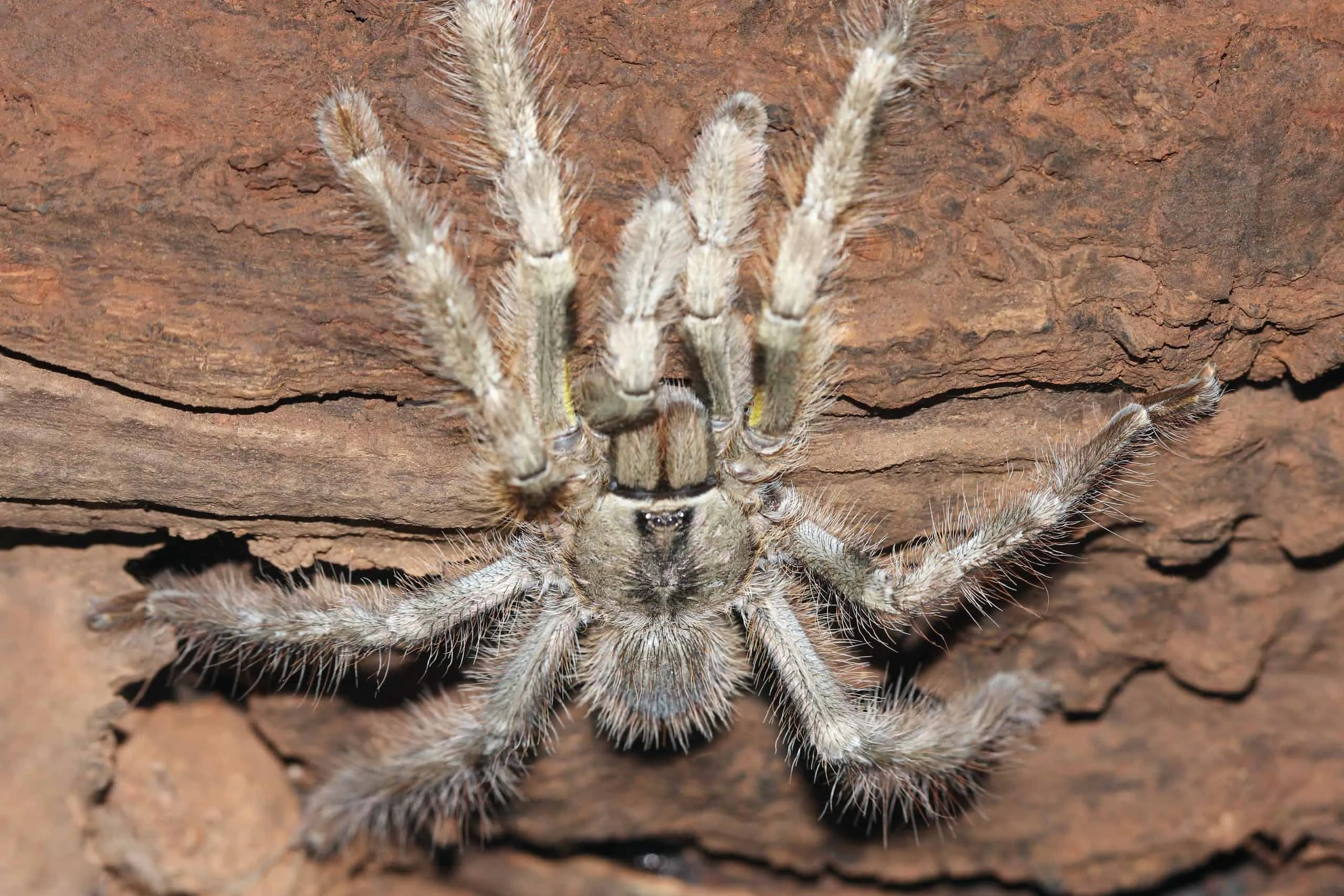
The environment in which your Junodi tarantula lives plays a significant role in its lifespan. The enclosure should be appropriately sized for the tarantula’s size, providing ample space to move around. Substrate, such as coconut fiber or peat moss, should be used to maintain humidity and allow the tarantula to burrow. The enclosure should be kept clean, removing any uneaten food or waste regularly. Provide hiding places, such as cork bark or artificial plants, to reduce stress. A stress-free environment with appropriate environmental conditions will support their physical and psychological well-being, increasing their chances of living a long and healthy life. Image filename junodi-tarantula-habitat.webp
Sex of the Tarantula
As mentioned earlier, the sex of the Junodi tarantula significantly influences its lifespan. Understanding the differences between male and female tarantulas is essential for proper care and expectations. Knowing whether you have a male or female can help you anticipate their needs and the length of time you can expect to have them as a companion.
Female Junodi Tarantulas
Female Junodi tarantulas are known for their longevity. They typically live much longer than males, often surviving for a decade or more under the right conditions. Females continue to grow and molt throughout their lives, contributing to their extended lifespan. Their ability to reproduce and their more relaxed lifestyle (after maturity) also play a role in their longer lifespans. Caring for a female Junodi tarantula means providing long-term care and commitment.
Male Junodi Tarantulas
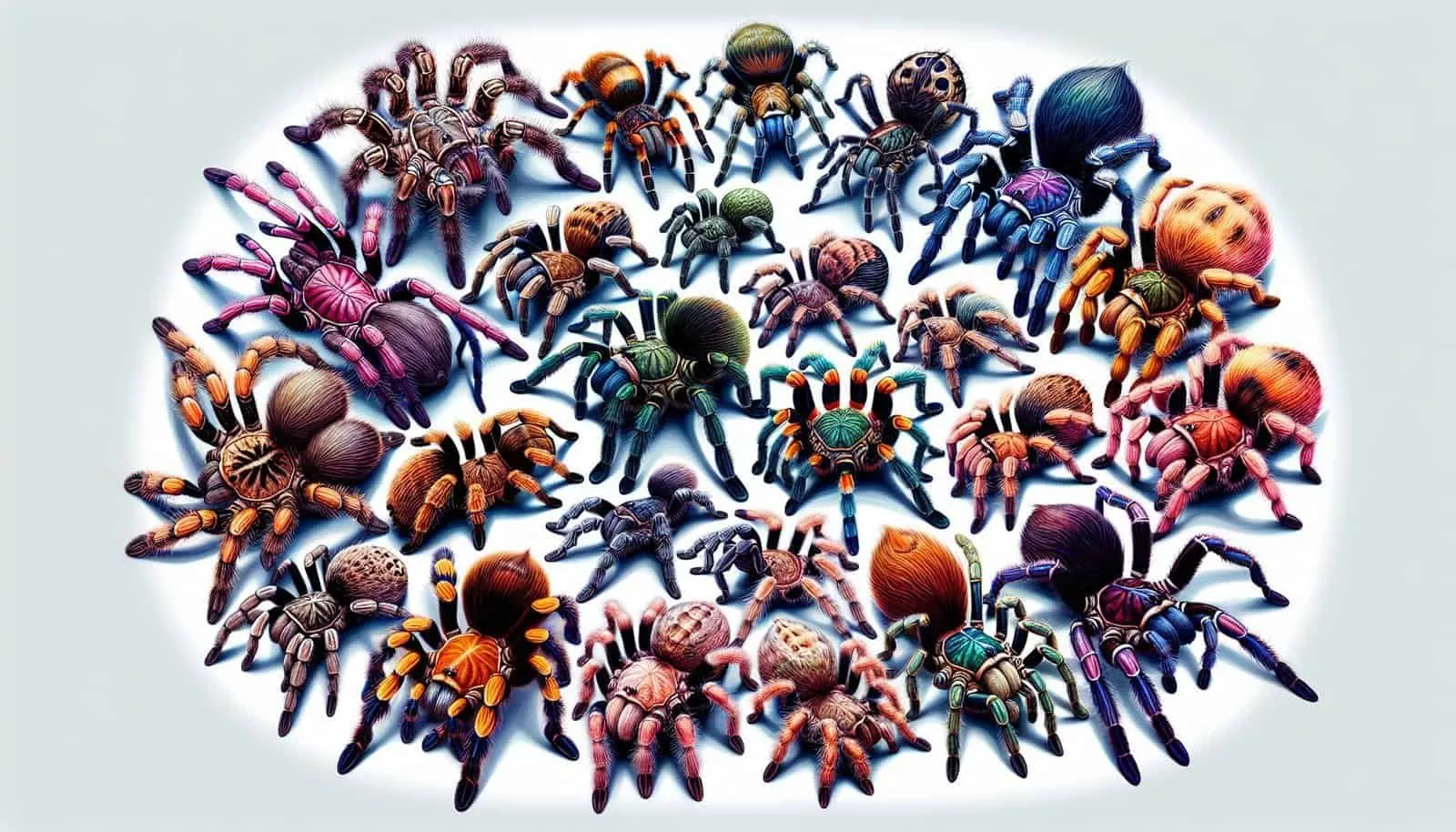
Male Junodi tarantulas have a shorter lifespan, typically living only a few years. After reaching maturity, males focus on mating, often leading to a decline in their health and shorter lifespans. They may also stop eating as they search for a mate. The males will have hooks on their front legs, which are used to hold the females’ fangs during mating. Providing appropriate conditions is essential, but their lifespan is inherently limited by their biology. Image filename junodi-tarantula-male.webp
Molting and Growth
Molting is a crucial process for tarantulas, as it’s how they shed their exoskeleton and grow. During molting, the tarantula sheds its old skin, revealing a new, larger one. Proper molting is essential for their health and survival. Providing the correct humidity and avoiding disturbances during molting are essential for a successful molt.
Impact of Molting on Lifespan
Molting frequency decreases as a tarantula ages. Successfully molting ensures the tarantula can grow and remain healthy. Difficult molts can lead to injury or death, so providing the right environmental conditions is critical. Adequate humidity and a stress-free environment help facilitate successful molts, contributing to a longer lifespan. Image filename junodi-tarantula-molting.webp
Common Health Issues Affecting Lifespan
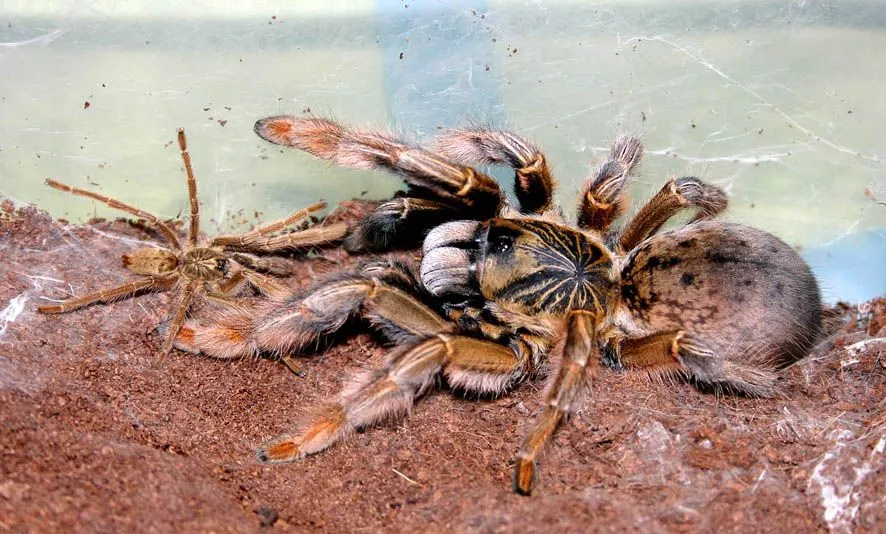
Like all living creatures, Junodi tarantulas can be susceptible to various health issues that can impact their lifespan. Recognizing and addressing these issues early is crucial for ensuring a long and healthy life for your pet.
Parasites and Diseases
Junodi tarantulas can be vulnerable to certain parasites and diseases. Common issues include mites, which can infest the tarantula’s body, and fungal infections, which thrive in humid environments. Providing clean conditions and quarantining new tarantulas are essential preventive measures. If you notice any signs of illness, such as lethargy, loss of appetite, or unusual behavior, consult a veterinarian specializing in exotic pets promptly. Early detection and treatment are key to mitigating the impact of these health problems and extending your tarantula’s lifespan. Image filename junodi-tarantula-health.webp
Proper Care for a Long Lifespan
Providing proper care is paramount to ensuring your Junodi tarantula enjoys a long and healthy life. This includes creating an appropriate habitat, providing a balanced diet, and seeking professional veterinary care when needed. By adhering to these guidelines, you can create an environment where your tarantula can thrive for many years.
Creating the Ideal Habitat
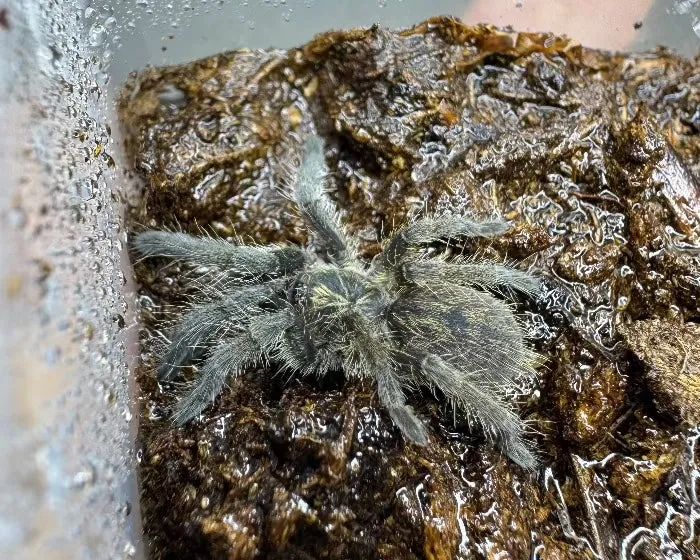
The enclosure should be appropriately sized for the tarantula, allowing enough space for movement and exploration. A good rule of thumb is to provide a tank that is at least three times the tarantula’s leg span in width. Use a substrate such as coconut fiber or peat moss, which retains humidity well and allows the tarantula to burrow. Maintain proper temperature and humidity levels with a thermometer and hygrometer, and mist the enclosure regularly. Provide hiding places like cork bark or artificial plants to reduce stress. A well-designed and maintained habitat is vital for the tarantula’s well-being. Image filename junodi-tarantula-habitat.webp
Providing a Balanced Diet
A nutritious and varied diet is essential for the Junodi tarantula. Feed your tarantula a variety of gut-loaded insects, such as crickets, roaches, and mealworms. The insects should be fed nutritious food before being offered to the tarantula, which will enhance their nutritional value. The frequency of feeding depends on the tarantula’s age and size, typically ranging from once a week to several times a week for younger specimens. Provide a constant supply of fresh, clean water in a shallow dish. Overfeeding should be avoided to prevent health issues. Image filename junodi-tarantula-feeding.webp
Regular Veterinary Check-ups
Regular veterinary check-ups, although not as common as with dogs and cats, are essential for tarantulas, especially if you notice any concerning signs. Finding a veterinarian experienced in exotic pets is vital. The veterinarian can perform health assessments, check for parasites, and offer advice on any health concerns. Early detection and treatment of potential health issues can significantly impact your tarantula’s lifespan. Even without obvious signs of illness, a check-up every year can help maintain your tarantula’s health. Image filename junodi-tarantula-vet.webp
Conclusion
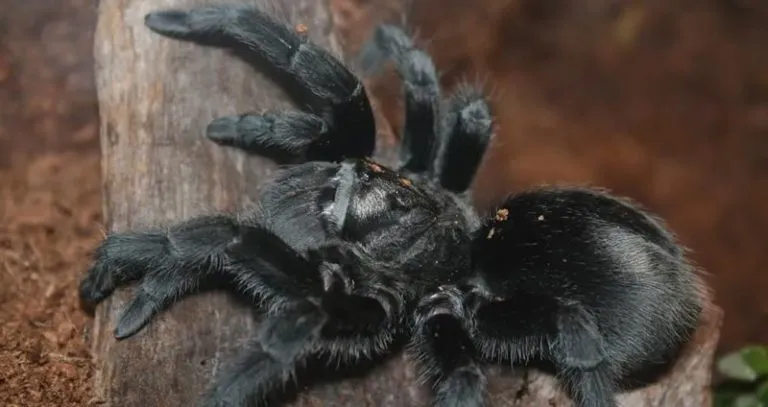
Understanding the Junodi tarantula’s lifespan and the factors that influence it is crucial for providing the best care. By paying attention to temperature, humidity, diet, environment, and health, you can significantly increase the chances of your tarantula living a long and healthy life. Remember that females typically live much longer than males, and responsible pet ownership involves commitment and education. With proper care, you can enjoy the companionship of your Junodi tarantula for many years to come.
